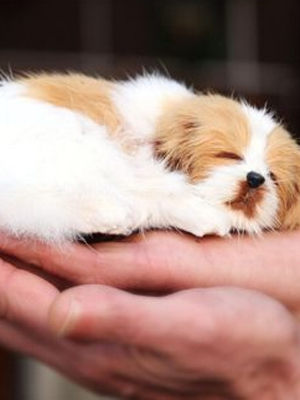Dumbrăvioara (former Şaromberc, Şarombărc, Dumbrăvicioara; German Saxon: Schallenbrich, German: Scharnberg, Scharberg, Scherberg, Hungarian: Sáromberke) is a village in Ernei commune, Mureş County, Romania. Dumbrăvioara was documentary attested in 1319 as the Sarumberg. In the Middle Ages it was a place intensely populated, according to a document from 1453. Since 1759 it was owned by the Teleki family.
The construction of the Baroque castle was begun in 1769 by Count Teleki Sámuel (1739-1822), Chancellor of Transylvania and founder of the Teleki Library in Târgu-Mureş. He began to build his house after he returned from its Western European travel in late 1760, preparing for his marriage with Zsuzsanna Bethlen de Iktár.
They started building the north wing (right) in 1769 and the construction of the south wing (left) began in 1773. Foremen came from Târgu-Mureş, such as the mason Pál Schmidt, carpenter Mihály Gyorfi and the locksmith Jacob Mizler. During this period, the aristocratic family lived in the north wing, the south rooms being reserved for household and personal purpose. In subsequent years Teleki lived here with his family. Outhouse units were built later (the complex of buildings behind the north wing, which ends in a block like a bastion in the years 1781-1782, the horse manege in 1825, etc.).
In the two wings deserve attention the beautiful baroque elements carved in stone of the portico in front of the entry, the ornaments of the facades and ceilings, the stucco decorations of the three salons in the northern wing. Since the time of Teleki Sámuel, behind the castle was planted a garden, which was later converted into English park.
The Neo-Baroque central wing, linking the two buildings of the 18th century, was built much later, in the years 1912-1913, after the plans of university professor in Budapest, István Möller, expert in monuments. The works were executed by a contractor from Târgu-Mureş, Lajos Csiszár. The wing was added by Count Teleki Sámuel (Samu) (1845–1916), the famous explorer of the African continent and grandson of Teleki Sámuel. It was equipped with modern utilities, but it complied with the forms of old Baroque wings. The castle from Dumbrăvioara was considered in the interwar period one of the most richly furnished and decorated houses of Transylvanian nobility. At the end of World War II the castle was sacked and pillaged. After the WWII, here was an Agricultural High School.
The last owner was Count Teleki Károly. His heirs, whose property has been returned by the court, have announced that they will donate the Castle to the community and that they will only keep several rooms for their accommodation when visiting Romania; then, they opened an internet auction to sell the castle, at a starting price of 1,300,000 Euro. The estate comprises today seven buildings, with a built area of 5050 sqm, and 15,228 sqm of terrain.
|
|
|---|
Thursday, February 18, 2010
Subscribe to:
Post Comments (Atom)
















No comments:
Post a Comment